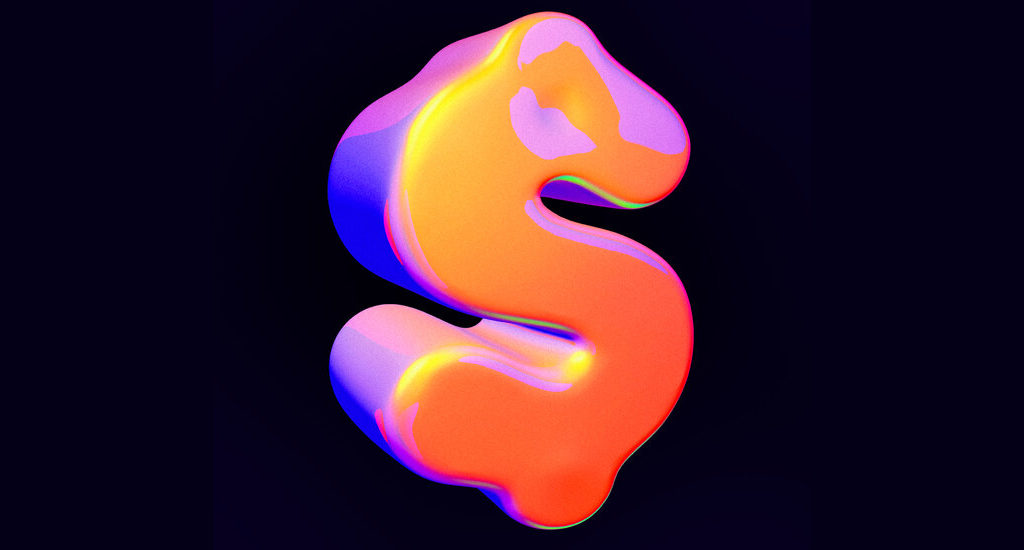Come 2022, the Federal Reserve is expected to raise interest rates to fight inflation, and government programs meant to stimulate the economy during the pandemic will have ended.
Morgan said that they expected inflation — currently at 6.8 percent — to “normalize” in coming months, and that the surge of the Omicron variant of the coronavirus was unlikely to lower economic growth.
The S&P 500 stock index had a great run in 2021, rising more than 25 percent — on top of its 16 percent gain during the first year of the pandemic.
Millions of amateur investors, stuck at home during the pandemic, piled into the stock market, too, buying up shares of all kinds of companies — even those that no one expects will earn money, like the video game retailer GameStop.
Wall Street also remained bullish on business prospects in China despite Beijing’s growing tension with the United States and tightening grip on Chinese companies.
But investors had sold off many of the newly listed stocks on the New York Stock Exchange or Nasdaq by the end of the year.
Shares of Oatly, which makes an oat-based alternative to dairy milk, soared 30 percent when the company went public in May but are now trading 60 percent lower than their opening-day closing price.
The first sign that the stock market could end its recent bull run appeared in the second half of 2021 when prices of household goods, gasoline and much more began to rise, sparked by supply chain disruptions stemming from the pandemic.
That can hurt profit margins for companies and make stocks less attractive to investors, while sapping consumer demand because people have less money to spend if their mortgage and other loan payments go up.
Higher interest rates could also dampen investor enthusiasm for stocks because bonds would pay a higher return than they have in recent years.
What is inflation? Inflation is a loss of purchasing power over time, meaning your dollar will not go as far tomorrow as it did today.
Where is inflation headed? Officials say they do not yet see evidence that rapid inflation is turning into a permanent feature of the economic landscape, even as prices rise very quickly.
In the spring of 2020, the Fed started buying bonds to inject extra cash into the financial system and help companies stay afloat during severe drop-offs in their businesses.
“The nightmare scenario is: The Fed tightens and it doesn’t help,” said Aaron Brown, a former risk manager of AQR Capital Management who now manages his own money and teaches math at New York University’s Courant Institute of Mathematical Sciences.
